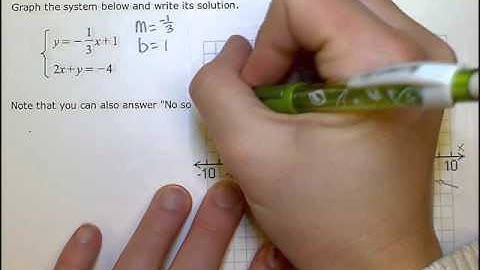Math Worksheets Show
Core Math WorksheetsFraction WorksheetsWord ProblemsOther WorksheetsMeasurement & ConversionsPatterns and PuzzlesColor by NumberHoliday & SeasonalEarly LearningPrintablesCalculatorsMath Worksheets by GradeWorksheet NewsEach graphing linear inequalities worksheet on this page has four coordinate planes and linear inequalities in slope-intercept form, and includes an answer key showing the correct graph. Graphing Linear InequalitiesWhat are Linear Inequalities?Linear inequalities look very similar to slope intercept form equations, but use inequality operators instead of an equal sign. There are two additional steps you need to take into account when graphing linear inequalities. The linear equality describes not just a line, but also whether values above or below the line are included in a set of possible solutions. This is typically shown by shading the area above or below the line to indicate that the shaded values are included. But beyond shading, the line itself may or may not be included as part of the solution set. You can make this determination by looking at the inequality operator in the linear inequality. If the inequality is “less than” or “greater than” in comparison, that means the points that would fall on the line are not included in the solution itself. By convention, this shown in the graph of the linear equality by drawing a dashed line instead of a solid line. When a linear inequality uses the “greater than or equal to” or “less than or equal to” inequality operators, it means the points falling on the line ARE included in the solution set, and in those situations a solid line is drawn on the coordinate plane to reflect this. With those two extra peices of information, along with some previous skill graphing linear equations, the steps to graph linear inequalities are fairly straightforward… How to Graph Linear InequalitiesIf you have a linear inequality in slope intercept form, you can use these steps to graph that inequality on the coordinate plane:
If you are graphing linear inequalities, the worksheets on this page provide great practice resources for middle school algebra students. You can also print a blank coordinate plane to graph other equations, or try working with the slope calculator to see how different points are used to calculate slope and make an equation in point slope form. This worksheet provides students with practice writing a linear equation or inequality for a given graph. MAFS.912.A-REI.4.12 or MACC.912.A-REI.D.12 - Graph the solutions to a linear inequality in two variables as a half-plane (excluding the boundary in the case of a strict inequality), and graph the solution set to a system of linear inequalities in two variables as the intersection of the corresponding half-planes. This resource is also included in the following bundles: ★ Algebra 1 Practice Worksheets Bundle ★ Algebra 1 Activities Bundle You may be interested in some of my other algebra 1 resources: ★ Algebra 1 (+ Pre-Algebra) Foldable Bundle ★ Algebra 1 Semester 1 Google Form Bundle ★ Algebra 1 Semester 2 Google Form Bundle ★ Algebra 1 Puzzle Bundle ★ Algebra 1 Task Cards Bundle ★ Algebra 1 Scavenger Hunt Bundle ★ Algebra 1 BOOM Cards Bundle
How do you graph a linear inequality step by step?Step 1: Graph the boundary line. ... . Step 2: Plug in a test point that is not on the boundary line. ... . Step 3: Shade in the answer to the inequality. ... . Step 1: Graph the boundary line. ... . Step 2: Plug in a test point that is not on the boundary line. ... . Step 3: Shade in the answer to the inequality. ... . Step 1: Graph the boundary line.. What are the 4 steps in graphing linear inequalities?Steps on Graphing Linear Inequalities. Step 1: Always start by isolating the variable y on the left side of the inequality.. Step 2: Change the inequality to equality symbol. ... . Step 3: Graph the boundary line from step 2 in the X Y − XY- XY−plane. ... . Step 4: The last step is to shade one side or region of the boundary line.. |

Related Posts
Advertising
LATEST NEWS
Advertising
Populer
Advertising
About

Copyright © 2024 hanghieugiatot Inc.
















